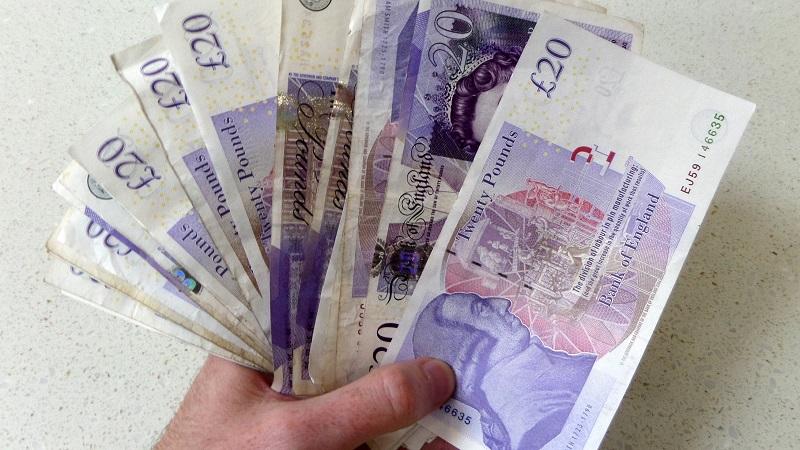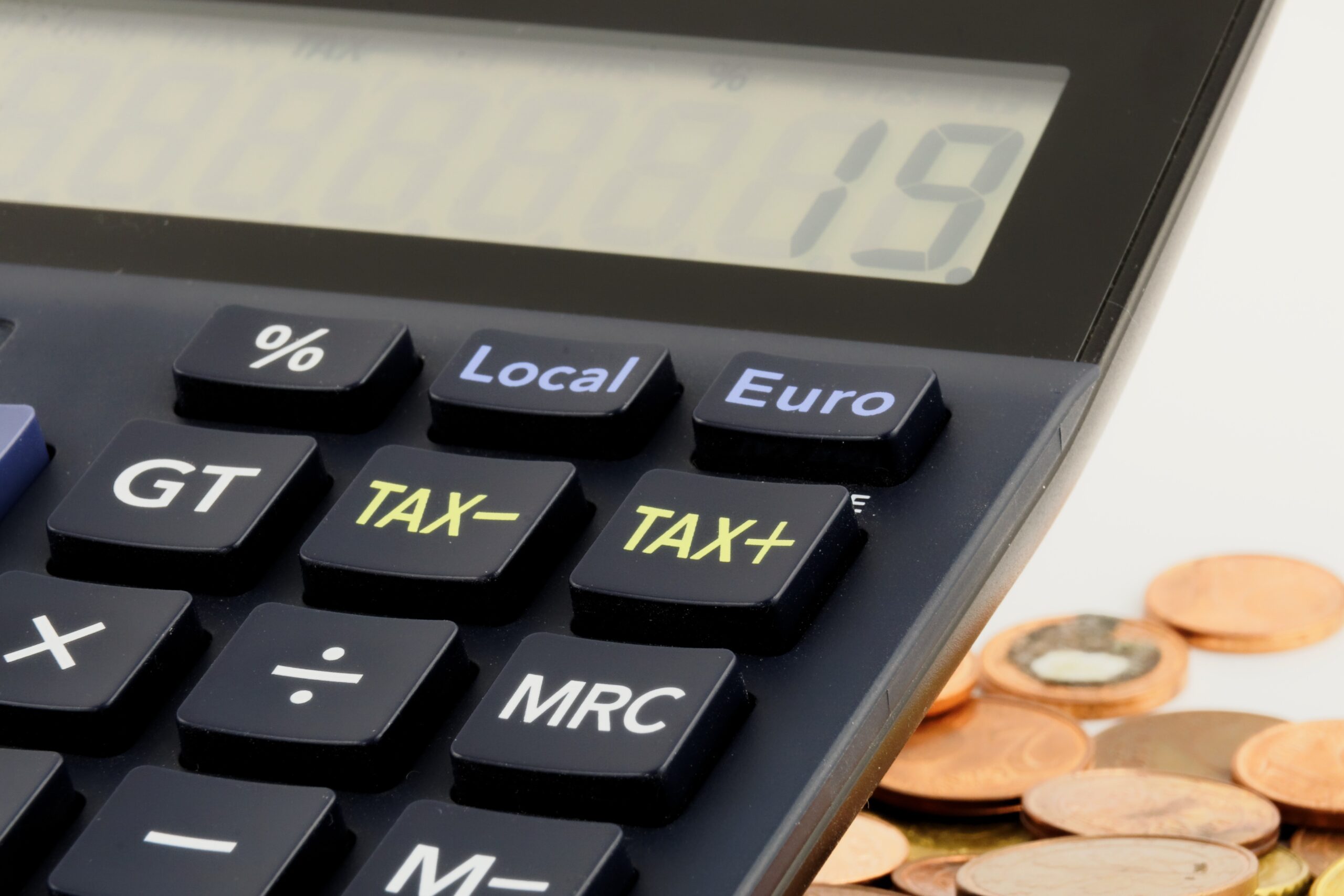Department supports call from MPs for more information
Credit: eFile989/CC BY-SA 2.0
HM Revenue and Customs has agreed to publish more detailed data on its estimates of the gap between tax that is owed and the figure collected, following a call from members of parliament’s Public Accounts Committee.
Ministers said the department would look to improve on the supporting data for its next annual report and tax-gap update. Last year, ranges supporting the estimate covered just 42% of the tax gap’s value. The most recent estimate of the tax gap is 2018-19’s £31bn.
The pledge that HMRC will “explore methodologies for calculating and presenting ranges around more of its tax gap statistics” comes in the government’s Treasury Minutes response to a PAC report in October.
At the time, MPs said the tax-collection agency was “not sufficiently clear” about the uncertainties contained within its tax-gap estimates. They also flagged that the first quarter of 2021 had seen a 51% drop in tax yield from HMRC’s compliance work: £7.5bn versus £15.4bn in the first quarter of the previous year.
The report warned that the coronavirus pandemic may have ushered in long-term changes to tax-paying behaviour.
Related content
- HMRC turns to real-time data in tax-avoidance clampdown
- HMRC told to improve IT systems after £7bn tax-reporting bungle
- Regulator urges greater DWP transparency over Universal Credit data
In response to the call for greater clarity on the potential for variation in HMRC’s estimates, ministers said the ranges in the department’s most recent report were “mostly provided” where estimates came from sample data that had an established method for calculating confidence intervals.
Ministers said HMRC would look to provide confidence intervals for elements of the tax gap that were not based on sample data in its Measuring Tax Gaps 2021 publication, which is due in June.
“The department will publish ranges where they can be calculated, describe where this is not possible, and provide an uncertainty assessment against those areas where there is no method for calculating a meaningful range,” the Treasury Minutes response said.
Additionally, the PAC suggested HMRC should report on “the known range and scale of uncertainty” alongside its headline estimates of compliance yield for 2019–20 onwards. But the government disagreed with the proposal, arguing it that it did not currently produce a confidence interval for the total value of compliance yield and that it may not be helpful to do so.
“The department uses different methodologies to estimate the various elements of compliance yield, so establishing a robust and consistent method for estimating a range around the reported compliance yield would be a complex task,” it said.
“Any method would be heavily based on assumptions so would be limited and not necessarily provide any further insight into the department’s performance.”
Committee members also called for HMRC to publish tax-gap estimates for England, Scotland, Wales and Northern Ireland – as well as for different industrial sectors. But ministers disagreed with the proposals.
“It may be possible to estimate some components of the tax gap by sector, for example for estimates based on data from the random enquiry programme,” the Treasury Minutes response said.
But it added that increasing the number of cases covered by the random enquiry programme would also increase the burden on compliant customers selected for enquiries, bringing an opportunity cost.
However, the response acknowledged that risks emerged in specific industries, regions or tax regimes “from time to time”, and said HMRC would “seek to provide tax gap estimates as to the magnitude of these where it is feasible”.



